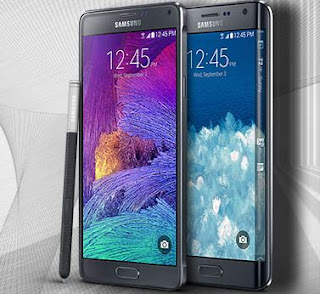After you have
inserted some visual object items onto the program. But the program does
nothing when you click a button, simply because you haven’t inserted any codes
into the program.
Codes are
the logics behind the program. You are commanding the program to act using the
codes you write. What you can do using codes can be very diverse. From just as
simple as displaying alert message via a messagebox, until createing reports or
database operations.
Codes in vbnet
are event-drive codes, that is codes will be called/activated only if the event
related to the codes triggered.
Here are
steps to insert the code into the program:
1. We use button from the previous example, Double click the button.
2. A Code editor window will be displayed. You’ll see a procedure
initiated with “Private Sub” and Ended with “End Sub”. Between them, you can
insert the code.
3. The codes will be like this, this will with the object’s name
properties.
Public Class Form1
Private Sub btnClickMe_Click(sender As
Object, e As EventArgs) Handles btnClickMe.Click
End Sub
End Class
4. In the middle of the codes, you can insert new lines of codes.
This time with ‘ character that means texts after that is comments and will not
be processed by vb.net compiler.
5. For example, you can insert a messagebox by clicking MsgBox.
During writing M S G you may see a listbox appears, this is called intellisense
to help you type the codes to minimize errors.
6. Then insert the codes. You may change the codes’ texts
Private Sub btnClickMe_Click(sender As Object, e As EventArgs) Handles
btnClickMe.Click
'you can write any codes here
' these texts are comments, will
not compile
MsgBox("Let's Learn VB.NET", MsgBoxStyle.Information,
"Information")
End Sub
7. Save the project using CTRL
+ S in your keyboard. This will
save your codes into your project. If you haven’t saved the codes, an asterisk
(*) will emerge on the right of your tab name. If you save the project, this
asterisk character will disappear.
8. You can now run the program by clicking F5 button on your keyboard
or click Debugging button. A window will appear.
9. A messagebox will emerge with the text corresponds to the codes
you inserted before.
10. Click the Stop Debugging button
to stops the running of the program.


